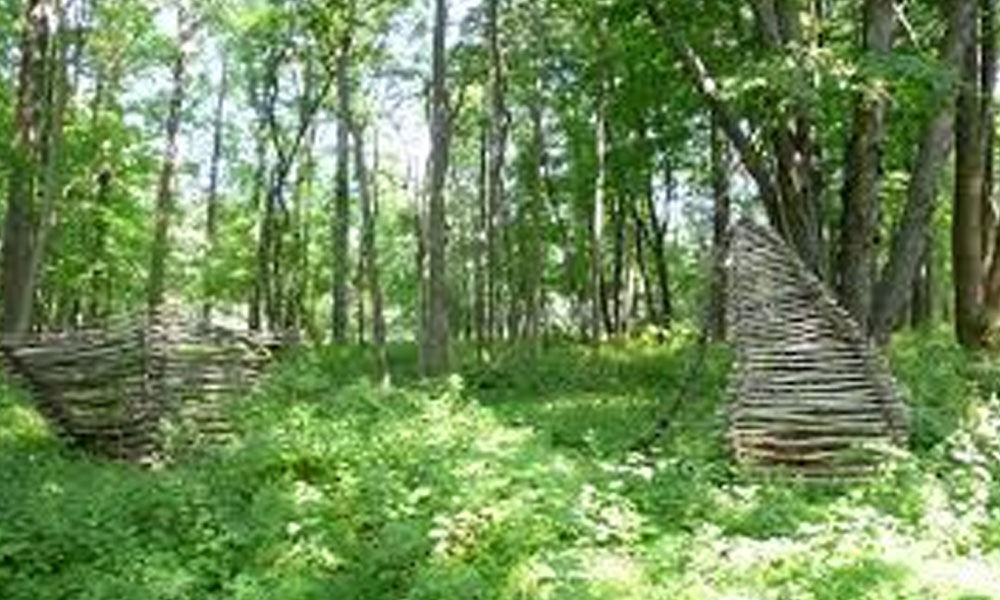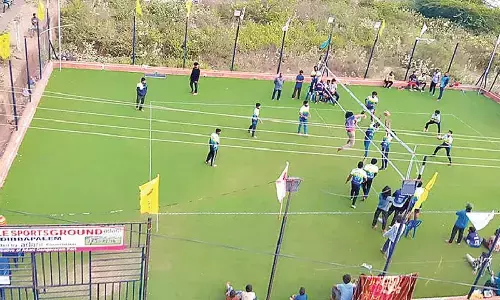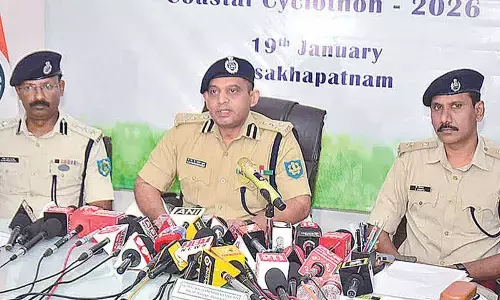Nature exploration
 Nature exploration
Nature explorationNature is full of hidden surprises, and owl pellets are one of them! If you know where to look and keep your eyes peeled, you can find your own pellets to dissect, or you can buy some that have been heat-sterilized. An owl pellet dissection lab is a memorable (and fun!) way to learn about the eating habits of birds of prey— birds such as owls that eat rodents and small birds.
What are owl pellets? They are the regurgitated remains of an owl's meal, including all the bones of the animals it ate (usually small rodents). Owls usually swallow their food whole, digest the edible parts, and then expel the indigestible parts through their mouth as a pellet. It might sound gross, but dissecting these is great fun for all ages!
What You Do: Carefully inspect the outside of the pellet and note its size (and weight, if you can), whether there are any feathers visible, and whether there are any clues to where the pellet was found. Guess how many different animal skeletons the pellet contains. Next, gently pull apart the pellet with tweezers, being careful not to break any of the bones inside it. Use toothpicks or a teasing needle to help separate the bones from the fur or feathers. Take special care when removing the skulls and jawbones, since they are the best way to identify the animals that the owl ate. Group similar bones together. When you've finished sorting the bones, roll the last bits of fur between your fingers to find little bones or teeth that might have been overlooked. Once you've found all the bones, try to reconstruct the skeletons of the animals.
Use an identification key to classify the bones. You can use this simple owl pellet bone chart for help sorting them. Owls usually eat more than one rodent before regurgitating the remains, so you should be able to find multiple bones that are similar. Can you distinguish between the bones of different kinds of rodents based on their size? How many different kinds of animals did you find evidence of in the pellet? How many animals were there in total? What can you conclude about the eating habits of the owl that made your pellet? If you want to keep the bones, you can soak them in diluted bleach for three minutes to whiten them a little (be careful not to leave them in too long!). Then you can glue them to a piece of cardstock for display.














